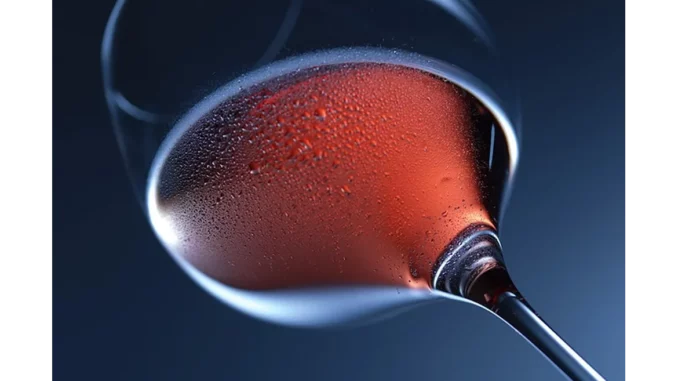
When I had the pleasure of sitting down with Robert Wallace, a seasoned sommelier and wine educator, I knew I was in for a masterclass in the art of wine service. Wallace, with over two decades of experience in the industry, has a wealth of knowledge that he generously shared during our chat. Our conversation zeroed in on a crucial yet often overlooked aspect of wine service: the decanting process.
“Decanting is like giving the wine a chance to breathe and show its true self,” Wallace began, his eyes lighting up as he spoke about one of his favourite topics. “For young, tannic reds and old-vintage wines, about 30 minutes in a decanter can make a world of difference.”
The Science Behind Decanting
“Young red wines, particularly those high in tannins, can be quite harsh when first opened,” Wallace explained. “Tannins are those compounds that can make your mouth feel dry and a bit puckery. By decanting, you’re allowing these tannins to mellow out, making the wine smoother and more palatable.”
But what about the older vintages? “Older wines have had time to develop complex secondary characteristics,” Wallace said. “When you decant an old wine, you’re giving those flavours and aromas a chance to come to the forefront. It’s like unwrapping a carefully preserved gift.”
The Decanting Ritual
Wallace walked me through the decanting process, a ritual that is as much about patience as it is about precision. “First, you need to pour the wine gently into the decanter,” he advised, demonstrating with a graceful, steady hand. “You don’t want to disturb the sediment that might have settled at the bottom of the bottle, especially with older wines.”
Once the wine is in the decanter, the waiting begins. “It’s important to give the wine at least 30 minutes,” Wallace emphasised. “This is not a step to rush. Use this time to prepare your meal or set the table. Think of it as part of the overall experience of enjoying the wine.”
The Impact on Flavour
I was curious about the tangible differences decanting can make. Wallace was quick to provide a vivid description. “Imagine a young Cabernet Sauvignon with robust tannins and a strong, almost overpowering flavour,” he said. “After decanting, those tannins soften. The fruit flavours become more pronounced, and you might start to notice hints of oak or spice that were hidden before.”
With older wines, the transformation can be even more dramatic. “An aged Bordeaux, for instance, can reveal layers of complexity that are simply stunning,” Wallace noted. “Decanting can bring out earthy notes, hints of leather, or even subtle floral aromas that you might miss if you just pour it straight from the bottle.”
The Tools of the Trade
While Wallace admitted that a high-quality decanter can be an elegant addition to any wine lover’s collection, he was quick to dispel the notion that you need an expensive vessel to achieve great results. “At home, I often use a simple juice carafe,” he revealed with a chuckle. “It’s not about the decanter itself but the process of exposing the wine to air.”
He did, however, offer some practical advice for those considering an investment. “Look for a decanter with a wide base,” he suggested. “This allows more surface area for the wine to interact with the air, speeding up the aeration process. Also, make sure it’s easy to clean. You don’t want leftover residue affecting the taste of future wines.”
The Aeration Debate
Our conversation naturally veered towards aeration, a topic that often sparks debate among wine enthusiasts. “Aerators can be useful, but they are not a substitute for decanting,” Wallace asserted. “Aeration is like a quick fix; it introduces air to the wine rapidly. This can be beneficial for very young, bold wines, but it’s too aggressive for older vintages.”
Wallace’s analogy was both amusing and insightful. “Using an aerator on an aged wine is like using a sledgehammer to crack a nut,” he said with a grin. “It’s too harsh. Older wines need a gentler touch, which is why decanting is the preferred method.”
Bringing It All Together
As our conversation drew to a close, Wallace left me with a final piece of advice that resonated deeply. “Wine is about enjoyment and discovery,” he said. “Decanting is just one part of that journey. Take your time, savour the process, and you’ll find that the wine has so much more to offer.”
For anyone looking to elevate their wine experience, Wallace’s insights are invaluable. Whether you’re hosting a dinner party or enjoying a quiet evening at home, decanting can transform your wine, unveiling layers of flavour and complexity that wait patiently to be discovered.
John Williams


Be the first to comment